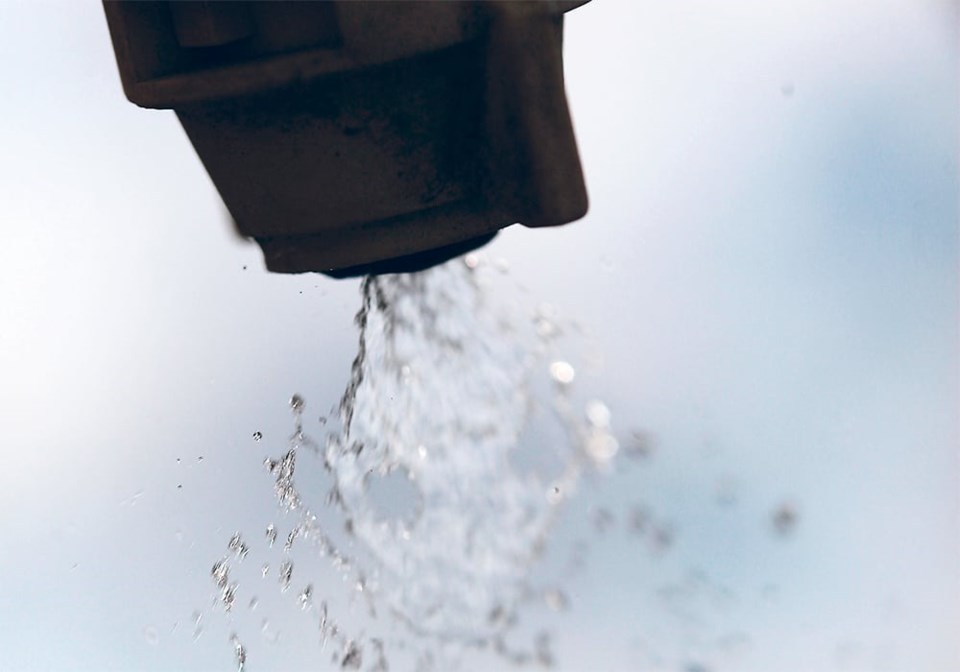WESTERN PRODUCER — Waste disposal is a skeleton in the closet of the pesticide industry. Nobody enjoys dumping mixed leftover product and rinsate on the ground. There’s usually no choice.
“Let’s be honest, too much of it is drained onto the ground in a corner of the yard or the field. Nobody’s happy about it. Nobody’s proud of it. But what are the alternatives?” said Tom Wolf, known as the NozzleGuy (sprayers101.com). What to do with the leftovers was a question he posed to farmers during his presentation at CropConnect 2023.
Sprayer cleaning is a time consuming job on the farm. There are few practical guidelines for clean-out on product labels.
“The applicator is asked to ‘act in accordance with provincial or state guidelines.’ That’s essentially a dead end.”
Wolf said there is a solution. It’s called the biobed. It’s intended to serve as a standard target depot for chemical rinsate. It’s a safe and acceptable place to dump diluted pesticide waste.
“I first came across the biobed idea when we were touring Sweden about 20 years ago. An agronomist there showed us his biobeds he used for chemical dumping and treatment. I was especially impressed by the treatment aspect.”
Wolf said when sizing a biobed a general rule is to use one cubic metre of biobed per 1,000 litres of diluted pesticide waste. The Swedish biobeds typically consist of a one-metre deep pit measuring about three metres wide by six metre long. The pit is filled with a composted biomix blend of cereal straw, compost, peat and soil. It absorbs a large amount of moisture, adsorbs the pesticide molecules and provides an environment in which microbes break down the residues.
“This is the microbial basis for breaking down pesticide residues. White mould will be visible on the cellulose portions of the biomix. If you’ve ever opened a rotten straw bale, you see that white mould. The Swedes discovered that the white mould has microbial components which eat pesticides. If you feed the mould with dilute pesticide and rinse water, it degrades those chemicals very rapidly.
“We brought the idea back to Saskatchewan where we conducted extensive analysis of pesticide degradation in five biobeds across Western Canada as part of a three-year study led by Larry Braul and Claudia Sheedy of (Agriculture Canada). Between eight and 51 products were analyzed per site, including herbicides, fungicides and insecticidesHe said the results showed that a single biobed could remove about 90 percent of herbicides, fungicides and insecticides.
Two biobeds in sequence usually removed more than 98 percent. Pesticides that did not degrade rapidly were removed to a greater degree in the second biobed.
The AAFC studies inidcated that three herbicides were more difficult to remove in the biobeds: clopyralid (Lontrel, Stinger), bentazon (Basagran, Storm) and imazethapyr (Pursuit, Arsenal). For these three pesticides, roughly 60 percent was removed in a two-biobedsystem.
Wolf said often farmers will rinse their sprayers in the farmyard and let the rinsate soak into the ground there. But that isn’t likely a best-practice for the farms.
“With a biobed you don’t have to risk contamination. The microbes process and neutralize those pesticides and the water would be essentially clean.”
Agriculture Canada continued building and demonstrating biobeds to producers for about five years. It and other farm research and extension groups have built some above-ground units in large, plastic tanks. Some are sequential systems with the primary bed feeding into secondary beds.
He said in Belgium they build four sequential biobeds in a row that feed via gravity. By the time liquid reaches the final bed, it’s essentially clean.
More details about biobeds can be found online at www.sprayers101.com.

